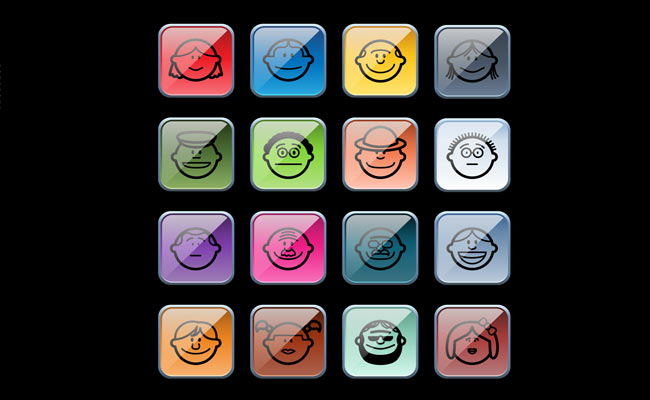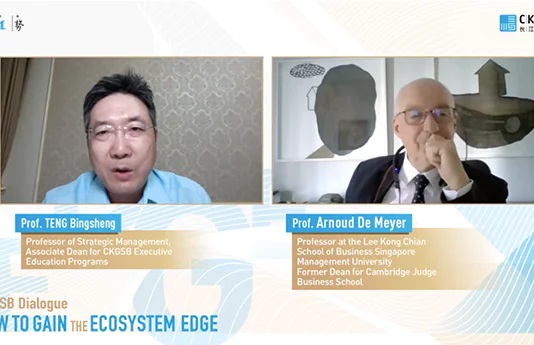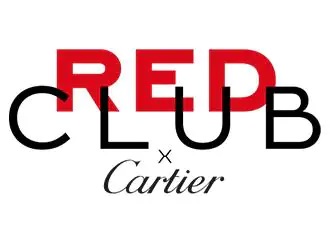Facebook’s social experiment has angered many. But the social network may have learnt a thing or two about better customer segmentation and targeting.
Facebook’s social experiment, where about 700,000 users’ news feeds were secretly controlled to prioritize “sad” or “happy” status updates, is viewed by many as an unethical—and potentially illegal—manipulation. While Sheryl Sandberg, the social network’s second most powerful executive, did apologize for the “poorly communicated” research, there are so far no indications that Facebook will shy away from running similar experiments in the future.
But why do Facebook’s data scientists want to understand how positive or negative status updates influence users’ emotions? Why are they interested in knowing how families communicate on social networks, or what are the causes of loneliness?
The answers lie within Facebook’s business model: the company makes money primarily by hosting advertisements. According to its most recent earnings report, about 93% of the Menlo Park-based firm’s quarterly revenue of $2.9 billion came from advertising.
Compared to traditional advertising platforms, Facebook, which possesses a massive amount of data generated by its 1.32 billion monthly active users, is in a unique position to be able to pinpoint customers that companies want to reach. And “the amount of money they can then charge the advertiser would depend upon how well they were able to match the needs of the advertiser with the customers that the particular advertiser is interested in,” says Pradeep K. Chintagunta, the Joseph T. and Bernice S. Lewis Distinguished Service Professor of Marketing at University of Chicago’s Booth School of Business,an expert on household purchase behaviors.
In this interview with CKGSB Knowledge, Chintagunta explains why consumers’ behaviors may change in different scenarios and at different points in time, and how firms like Facebook could translate those micro differences into effective marketing approaches.
Q. Why would companies like Facebook be interested in deeper understanding of user’s mood or behaviors?
A. As a marketer, in some sense [your] fundamental responsibility is to actually try to figure out what it is that your target customers want. Facebook is in a special situation. It is a platform, and the platform essentially brings in both the end consumer, who is the consumer of products, as well as companies, who actually want to reach these customers. So playing that role of bringing together both the advertiser as well as the consumer is something they would like to do. In some sense, the amount of money they can then charge the advertiser would depend upon how well they were able to match the needs of the advertiser with the interests of the customers. So, facilitating that match is important. In order to facilitate that match, they need to understand what it is that these customers really want. I think a lot of what you see them do is trying to actually get a deeper understanding, so they can facilitate that match.
Q. The idea of segmentation and targeting is marketing 1.1. But it seems that we are taking this 10 steps ahead and slicing the audience into even thinner and thinner slivers. To what extent is this going to be feasible?
A. In terms of feasibility, I think that’s not too much a challenge these days with the technology available. I think where companies will start running into problems is when there is push-back from the customer and the customer says, ‘You know, it’s great that I’m on Facebook and I’m interacting with my friends and colleagues, etc. But for you to now come in and try to understand—or even worse—manipulate the way I might be feeling’, that’s where they would potentially run into problems. They have to be very careful about it.
The way I think about it though is that what they are trying to do now is go through the earlier phase where they are trying to understand how customers are going to behave based on these experiments. Once they have done these experiments and gotten a good understanding, potentially at that point, there might be less a need for them to engage in these kinds of activities than they are. By that time they have a better understanding. maybe that would be sufficient information for the advertiser to come in and do what they’d like to do.
At some level, the issue is what’s the most micro level at which you want to target. I think it is the case that all humans are very complex. We have different moods, we have different social groups, different kinds of interactions with people and we tend to behave differently at those times. For example, I’m now sitting in front of a camera and my behavior might be very different from the way I would behave with a group of friends at a bar drinking a beer. The issue is does understanding the differences in such behavior empower marketers better add value for the customer. And the answer to that is yes. I think understanding and then engaging in that level of targeting is actually a potentially a worthwhile exercise, because at the end, it’s making the customer get more out of the interaction as well. It’s not just the firm.
[Watch the video below]
Q. Customers themselves, or users on Facebook, can be fickle in a sense that they might put up a different image of themselves online. Given that backdrop, how foolproof will this be?
A. Nothing in marketing is really foolproof. I wish I could say that there is a formula for accomplishing anything. But again, at the end of the day, we are dealing with human behavior that is fickle and can change. So as a consequence, it’s important to take these into account. From Facebook’s perspective, what they can do is run these experiments and see what happens. If by and large people are “faking” the way they are on Facebook, then running the experiment is not going to do a lot for the advertiser because they are going to give them exactly the wrong kind of information. I think part of the purpose of running an experiment is trying to figure out if it is worthwhile engaging in this exercise. That’s the reason why it is an experiment rather than a continuing process.
Q. One of the things you say is that consumers have different brand preferences in different situations. Why?
A. I think this goes back to the hierarchy of needs that consumers have. Clearly, when you have aspirational needs, the brands you want to deal with are very different from what you might prefer when you simply have consumption needs. So if I’m just sitting at home alone, the brand of beer I might consume is going to be be very different from the brand that I consume as part of a group. I think there are motivational factors intrinsic to the consumers that are going to make them have different preferences at different points in time. Understanding that is especially important for smaller brands rather than larger brands, because larger brands tend to get consumed across the idea of different contexts. But smaller brands or brands that are trying to make their way, I think it’s more important for them to understand this because they will be able to better identify scenarios in which consumers have a stronger preference for them.
Q. Have we seen research on different consumer behaviors at different points of time?
A. Yes, there are many classic examples. One of them is that when people are sitting in a subway, or a bus, they tend to be a lot more responsive to things like coupons. Why is that? Because there are no other activities that they can engage in. Looking into coupons, looking into promotional offers, is one way in which they can spend the time and as a consequence, avoid eye contact with other people around them. It’s very much like how one behaves in an elevator. There are only two things we do in an elevator, either we look at our shoes or we look at the numbers scrolling by on the little LCD screen. The fact that we tend to behave differently is very well-known. How to translate that into something that the marketer can then use to provide greater value? I think that’s the challenge.
Q. Can other companies in different industries learn from it or do something similar?
A. The answer to that is yes. The reason why Facebook itself is doing this is perhaps to provide the information to advertisers on that platform. So sharing this type of impact is definitely going to happen. Otherwise it is not going to be particularly beneficial for them to do this.
Now it’s also the case that there are a number of start-ups that are in the space of trying to understand behavior on a continuous basis to try and see whether or not “in the moment” kind of marketing is going to be possible. We’ve heard of instances where on a hot sunny day in London, the local cell phone carrier was able to send out coupons for ice creams when people were walking past an ice cream store. That’s essentially marketing in the moment. As companies recognize that you have to add value at the time where customers need it the most, actions like this is going to be more popular.
This interview is from the 2014 China-India Insights Conference which was co-sponsored by CKGSB’s Customer Information Management Center and the China India Insights Program (CIIP) of the Center for Customer Insights at the Yale School of Management.




















